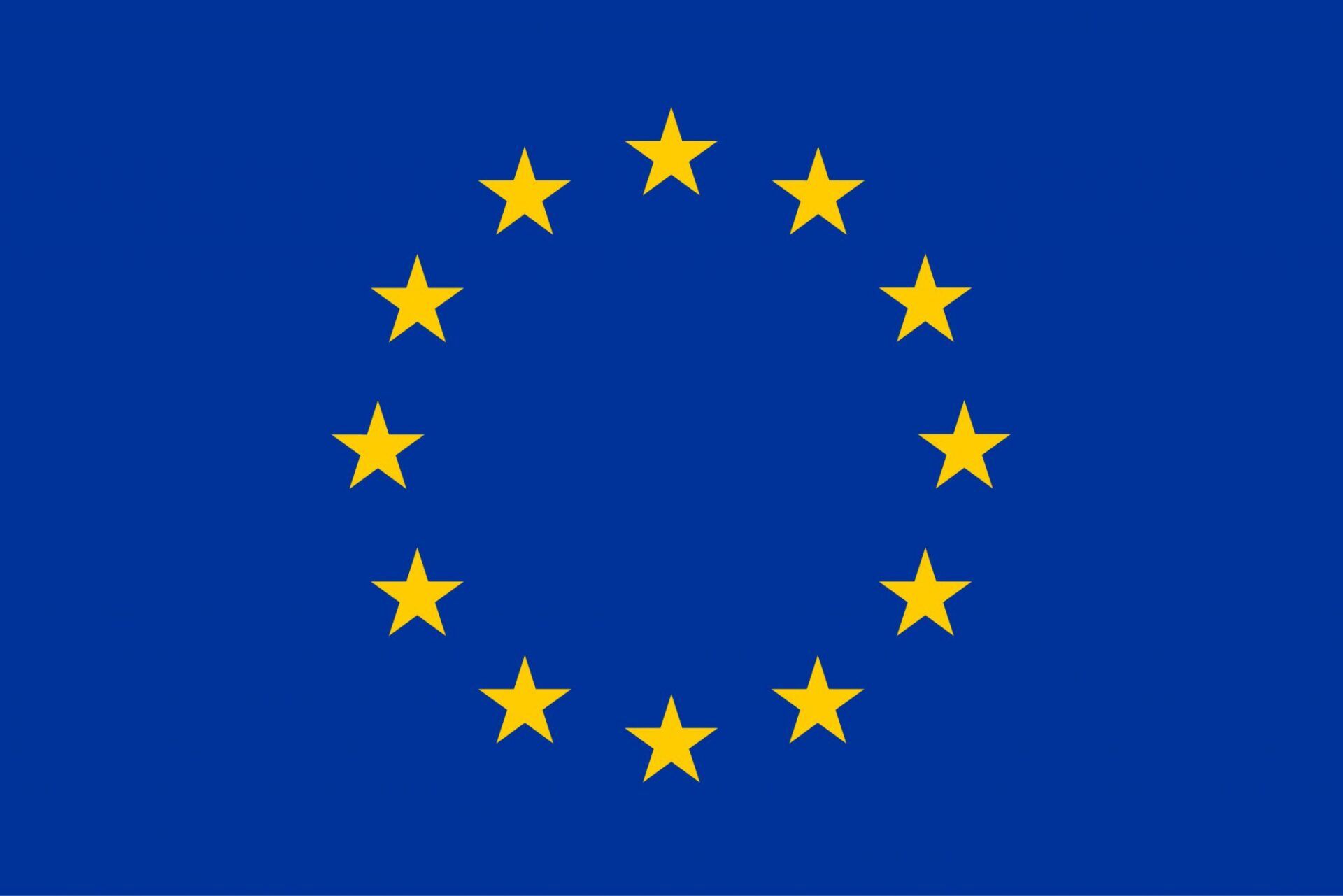In a period of economic crisis, which is unprecedented in the history of mankind, innovation for businesses and public administrations is the only way to face management difficulties. Let me recall some statistical data, to get a precise picture of the situation.
Between 2008 and 2012 more than 9,000 historic businesses closed; country competitiveness: Italy is in 49th place in the world, beaten by Lithuania and Barbados (source word economic forum); the aggregate debt of the state, businesses, households and banks is 400% of GDP (gross domestic product); the public debt is 2,110 billion euros; the unemployment rate is 138%; the unemployed are close to 3.5 million; in six years 140,000 companies have disappeared in Italy; in fact Italy, in terms of happiness is a depressed nation, the most beautiful country is 45 'in the world ranking; the poor have doubled in 5 years, they are almost 5 million; lending to businesses has recorded a significant contraction in recent years.
The structural funds destined for Italy essentially consist of two large blocks, the European Social Fund, which deals with training, work subsidies, regional social inclusion and the European Regional Development Fund, which mainly deals with aid to businesses and infrastructure. Then there are the Cohesion Fund, the European Agricultural and Rural Development Fund and, finally, the European Fund for Maritime Affairs and Fisheries. In addition to tenders, grants and for young people, the ERASMUS program.
The new European programming cycle, for the period 2014 - 2020, provides for a sum of structural funds for Italy equal to 41 billion euros, of which over 24 billion for the Southern Regions. This figure must be doubled with the share of co -financing. Community instruments are envisaged to support cross-border transactions and regional development, sustainable investments in urban areas and joint resources for micro and medium-sized enterprises.
Despite this river of money, the current problem of businesses and public administrations is to access these facilities. Most of the public bodies, due to low state transfers, have asphyxiated budgets, with short-term structural deficits and substantial long-term debt, while 95% of small and medium-sized enterprises are undercapitalized by nature and consequently have difficulty in accessing Community aid.
Today, finding facilitated external resources is a difficult or almost impossible procedure, despite the rain of public resources by the European Union, expected for the next five years.
The use of European funds are governed by a complex and difficult bureaucratic process and to avoid the risk of disputes it is necessary to know the regulatory frameworks well, since it is very easy to incur errors and omissions that can lead to the withdrawal of funding. This is why at the beginning of my report I talked about innovation, useful for increasing the competitiveness of SMEs and public administrations, the same, interacting in a network and creating a system, could develop greater bargaining power to obtain external resources, in this way, the greater the incentive for other structures to follow suit.
The three priorities of Horizon 2014 - 2020 are:
• Smart growth, for an economy based on knowledge and innovation;
• Sustainable growth, for a more efficient economy in the use of resources;
• Inclusive growth, for an economy with a high employment rate in favor of social and territorial cohesion.
In essence, the European Union has set itself the goal of achieving five ambitious goals by 2020 in the following areas: employment, innovation, education, social inclusion and climate / energy.








